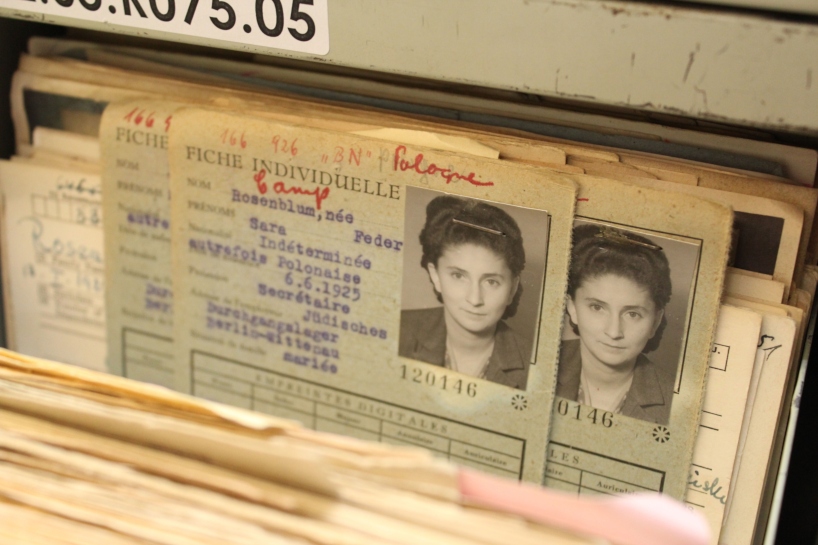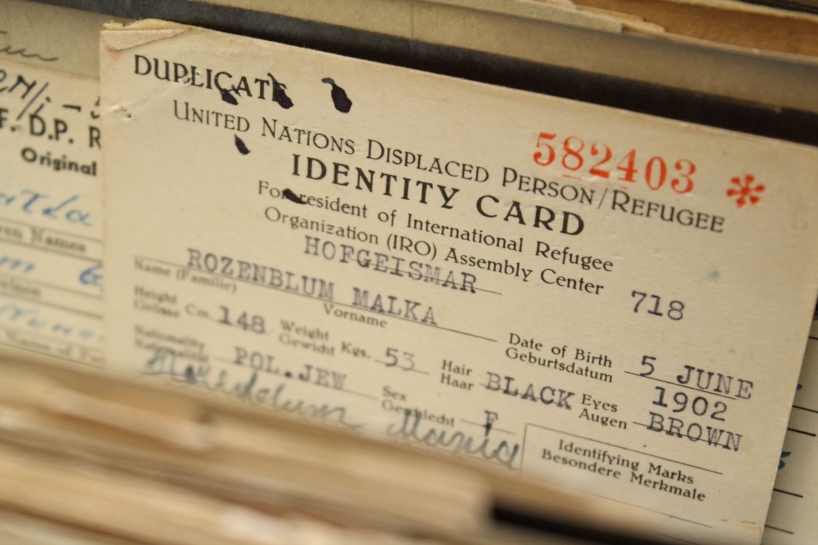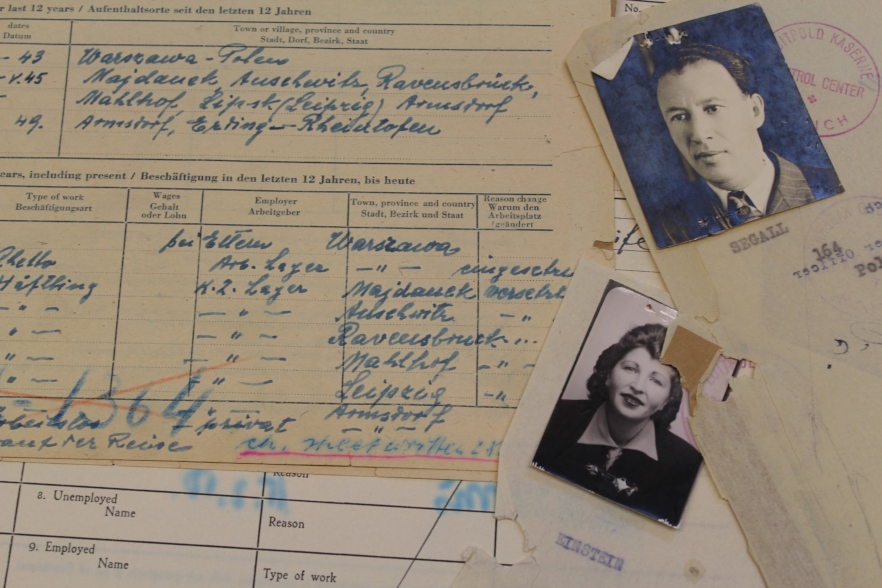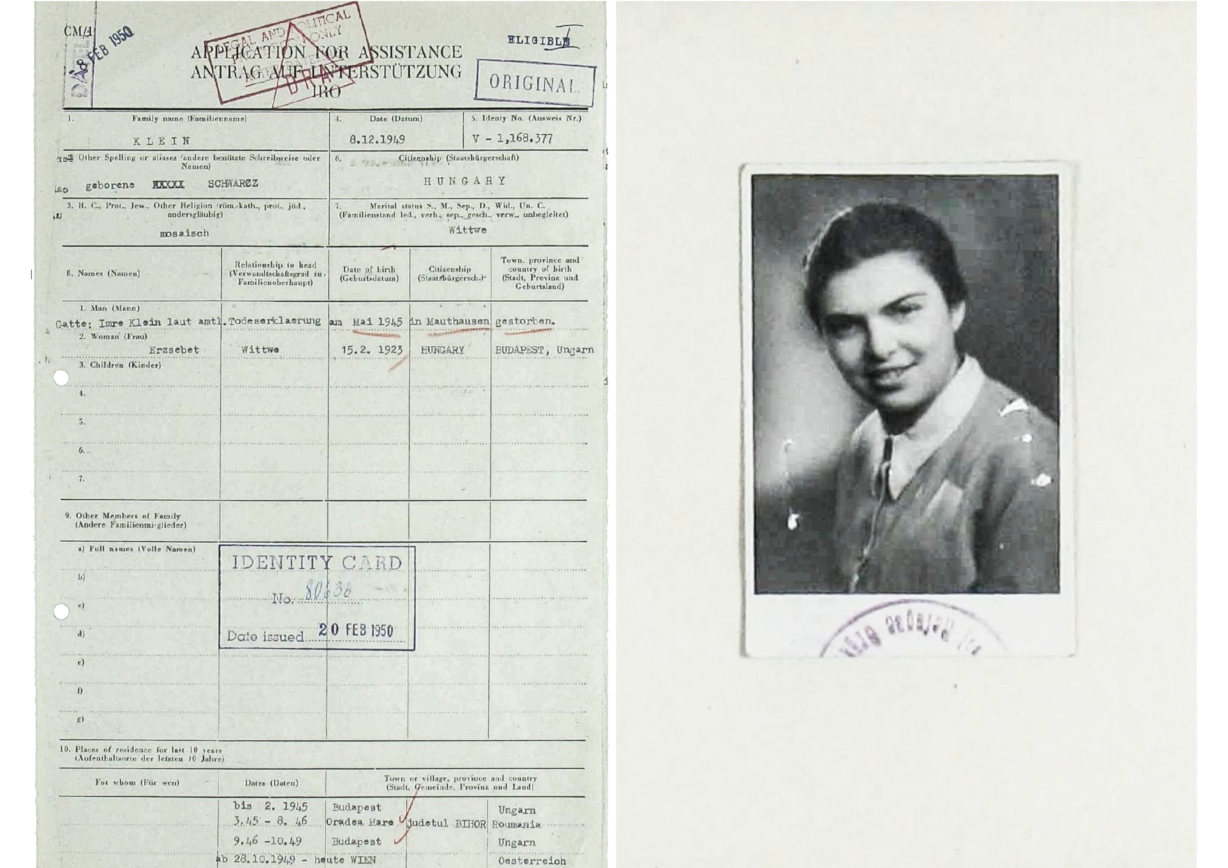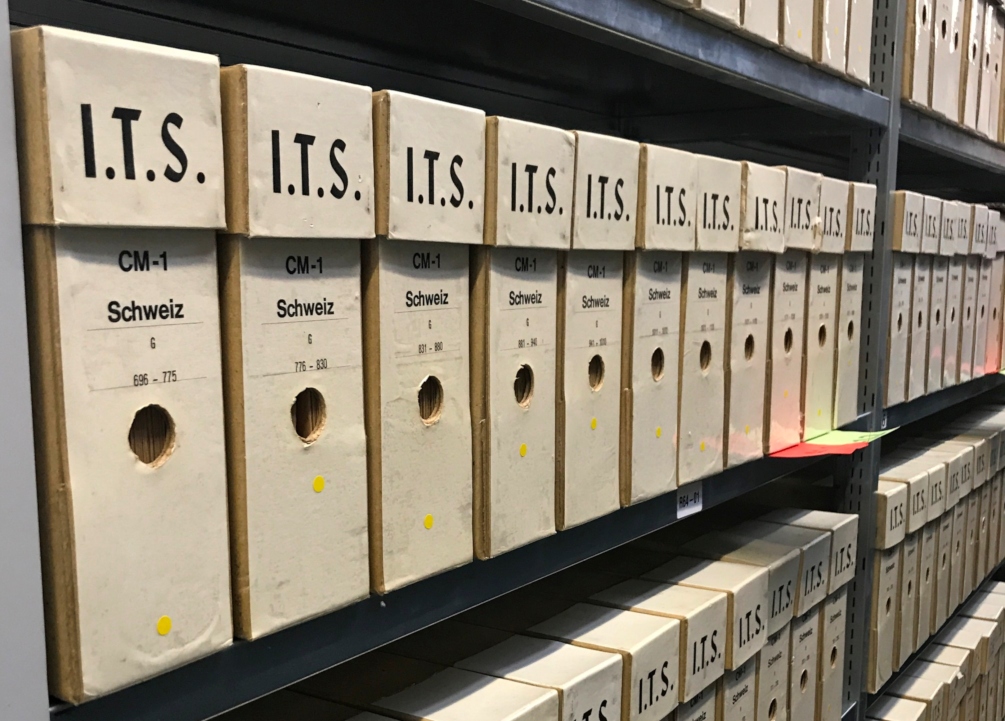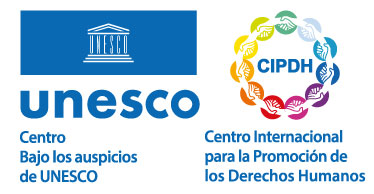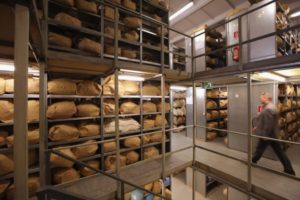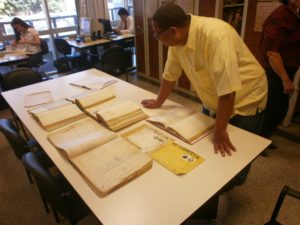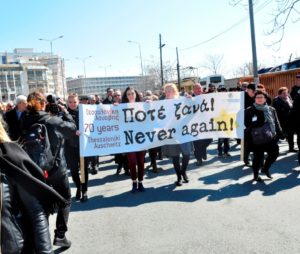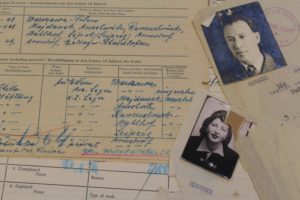Archives of the International Tracing Service
Archive
Theme: Armed conflict

Address
Große Allee 5 - 9
Country
Germany
City
Bad Arolsen
Continent
Europe
Theme: Armed conflict
Purpose of Memory
To honor the victims of the Nazi regime.
Institutional Designation
Archives of the International Tracing Service
Date of creation / identification / declaration
1948
Public Access
Free. Some documents have a restricted access in accordance with the access conditions of the Berlin Agreement dated 01/01/2003.
UNESCO Connection
2013: Registered in UNESCO’s Memory of the World Register.
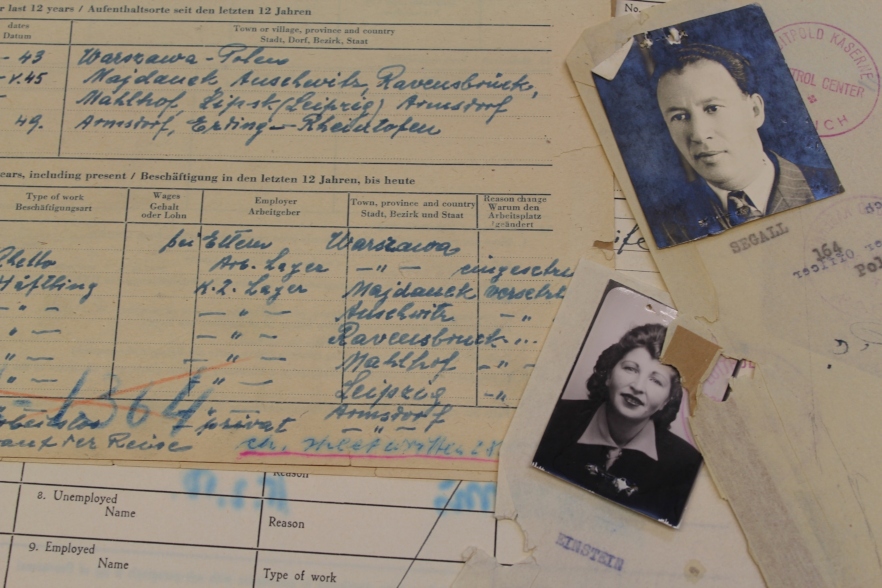
Location description
The International Tracing Service (ITS) is an archives and research center with more than 30 million documents with information about individuals detained in detention, concentration and extermination camps subjected to forced labor or displaced after 1945.
The material preserved is a source of consultation for victims, relatives, researchers and it is also used as a teaching resource for teachers. Additionally, the ITS keeps the personal belongings of around 3,200 people who have been in concentration camps.
The terror caused by the Nazi regime together with the events that took place during World War II (1939-1945) gave rise to a massive migratory crisis throughout Europe and one of its consequences was the dispersion of many families. As early as 1942, the Allies and nonmilitary organizations such as the British Red Cross or the United Nations Relief and Rehabilitation Administration (UNRRA) started to discuss the need to find missing people. The Allies created the Central Tracing Bureau that dealt with research on the situation of detainees, persons subjected to forced labor and refugees of Central Europe.
After the surrender of Germany on May 8, 1945, the Allies started to organize the repatriation or emigration to other countries of approximately 13 million people who were considered to be out of their country of origin. Until June 30, 1947, this task was carried out by UNRRA. In parallel, the Central Tracing Bureau created by the Allies (later known as the International Tracing Service (ITS)) moved to Bad Arolsen, Germany, where it continued its work in an effort to centralize all tracing activities. On June 6, 1955, an International Commission was created as a governing body of the ITS and was formed by the Governments of Belgium, France, Federal Republic of Germany, Greece, Israel, Italy, Luxembourg, The Netherlands, Great Britain and the United States. Until 2008, the International Committee of the Red Cross was in charge of the ITS activities.
The International Tracing Service (ITS) mainly investigated the fate of people who were victims of the Nazi persecution, for the purpose of establishing what happened to them and facilitating, in turn, the collection of pension benefits and compensations by their family members, as well as supporting the work of judicial authorities.
Faced with pressure from the public opinion and researchers, the International Commission of ITS decided, as from 2007, to open its archives, initially, for its member States, thus enabling the access to digital copies of documents related to the imprisonment and whereabouts of displaced people.
In 2008, the opening of the ITS archives became official. In 2011, two new agreements amended the ITS regulations to continue with the opening process and thus formalize its functions: the Federal Archive of Germany was included as a new institutional partner instead of the International Committee of the Red Cross. Since 2015, the institution has published on its website more than two million digitalized documents.
After the execution of said agreements, the ITS went from performing a merely humanitarian task to becoming a research and memory center especially open for the family members of victims, researchers and students. In 2013, the original documents and the central file were recognized by UNESCO as Memory of the World. In the proposal document, the ITS highlighted that with the disappearance of the last witnesses of said tragedy, documents would become even more important.
The archives kept in Bad Arolsen are unique both in volume, more than 30 million documents (26 kilometers), and in content. These are documents from different sources: recovered from camps and prisons, documents of several repatriation and refugees agencies, and the ITS files, mainly requests for repatriation. The archives basically keep information about individuals who were deported or subjected to forced labor, the location of detainment spaces before the end of the war and the registration of places for refugee accommodation after 1945.
